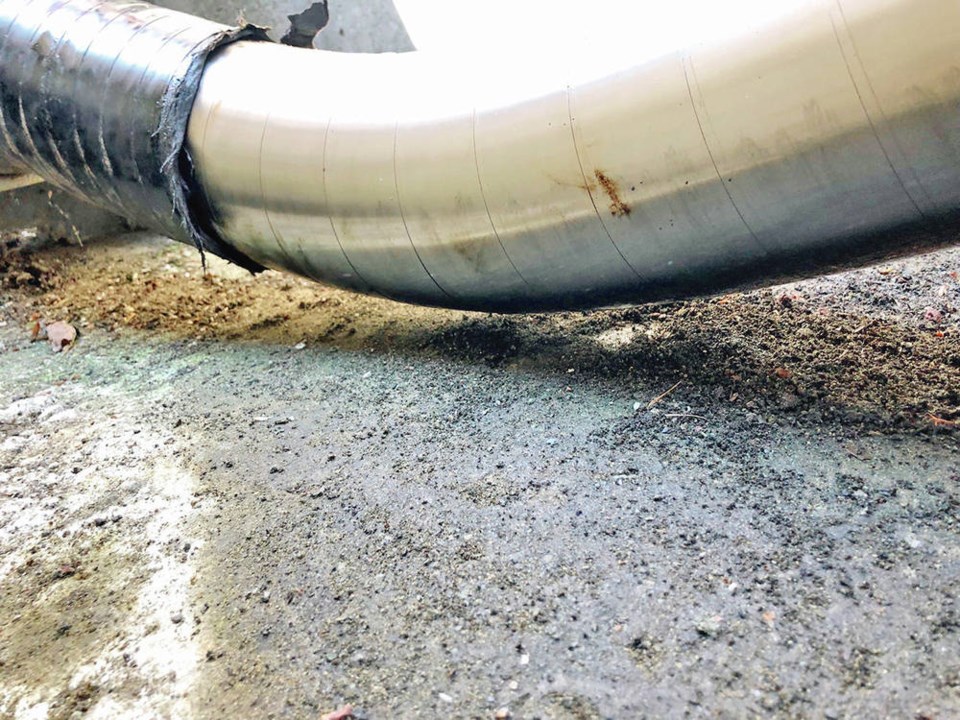B.C. Hydro said it is working non-stop to figure out why a submarine cable delivering power to Vancouver Island bulged and leaked mineral oil and two others developed bulges as well.
Because of the problem, it has told the Island’s largest industrial customers they could be forced to cut back on power use. But there is currently no issue with being able to supply enough power to the Island, B.C. Hydro spokesman Ted Olynyk said Monday.
The provincial Crown corporation is speculating that last month’s searing temperatures were responsible for the damage. In each case, the cables bulged above the high-tide mark where they come ashore on land, not underwater.
The leak was stopped and the cable is out of service awaiting repairs, which will be carried out once the cause is determined. The amount of power moving through the two bulging cables has been scaled back, B.C. Hydro said.
It is not yet known when the long-term repairs will be complete because the investigation into why the bulges occurred is still underway, said Olynyk.
B.C. Hydro is continuing to use its other underwater cables and has turned to independent power producers on Vancouver Island which have contracts to supply power. There are also six generating stations on the Island if additional power is required.
Problems surfaced during what is traditionally a low usage time of year, when about 1,000 megawatts of power are consumed daily. That is about half what is typically used during the winter on the Island.
Monitors picked up a problem on Thursday.
The three affected cables run from the Sunshine Coast, over Texada Island, go back underwater and then come ashore at Nile Creek near Qualicum.
They were most recently inspected in June, prior to the heat wave. Monitoring equipment discovered the problems after extreme temperatures abated.
The portion of the cable which leaked is at Nile Creek about 1.5 to 1.6 metres underground. The sections of the other two cables bulges are on Texada Island.
Each cable is 15.24 centimetres in diameter. Mineral oil is in the middle of a cable, surrounded by a copper pipe which conducts electricity. That in turn is covered in lead, followed by a plastic covering. All of that is encased in concrete.
When it came to dealing with the issue, “everything worked as it should,” Olynyk said.
Monitoring equipment picked up the problem and contingency plans were in place.
About 70 per cent of the Island electricity is supplied from the mainland via cables, Olynyk said.
The affected cables would have typically carried about 800 megawatts per day to the Island. That is now down to about 650 from submarine cables out of the Sunshine Coast and others running from Tsawwassen to Duncan.
- - -
To comment, email a letter to the editor: [email protected]



